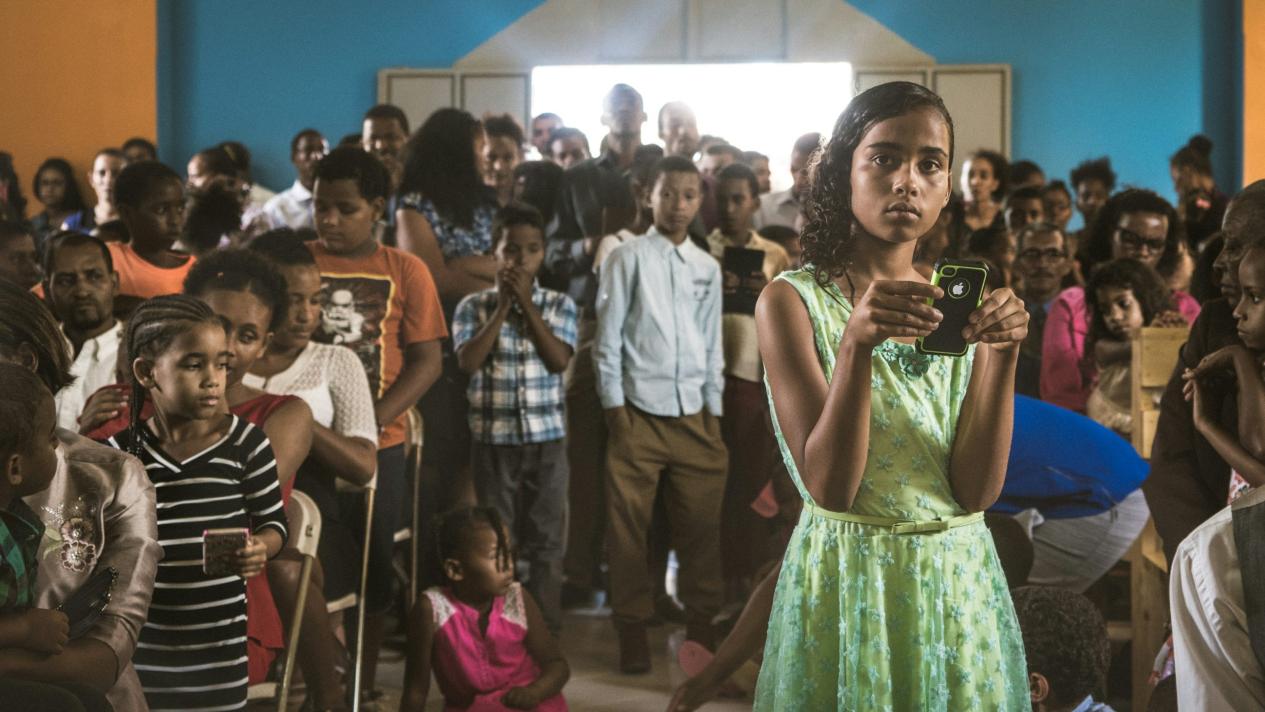In the map of the global economy, the insurance market of the third world countries is gradually emerging and has become the focus of attention of many insurance institutions. The insurance market in these countries is like a pearl waiting to be polished, which contains great potential, but it also faces many challenges.

From the perspective of market potential, the insurance demand of third world countries presents a diversified and growing trend. Take India as an example. With the development of economy and population, people's demand for health insurance and life insurance is growing. The "bank plan for people without bank accounts" implemented by the Indian government not only allows more people to have bank accounts, but also provides them with free basic accident insurance, benefiting about 50% of the rural population, that is, more than 400 million people. This move has greatly promoted the popularization of insurance at the grassroots level. Another example is the Philippines in Southeast Asia, where natural disasters occur frequently, which makes the demand for agricultural insurance and property insurance in the local market huge, and provides a broad world for insurance institutions to display their fists and feet.
However, the insurance markets in these countries are also facing a series of thorny problems. First, the weak awareness of insurance is an important factor restricting the development of the market. In many third world countries, quite a few people know little about the concept of insurance, let alone take the initiative to buy insurance. For example, in some remote areas of Africa, people are more accustomed to relying on the traditional mutual aid model to deal with risks than to transfer risks by buying insurance. Secondly, the imperfection of laws and regulations has also brought many obstacles to the development of the insurance market. The insurance supervision system in some countries is not perfect enough, and there are loopholes in the regulation and restriction of insurance business, which not only easily leads to market chaos, but also makes some international insurance companies have concerns when entering these markets. For example, some Latin American countries require paper copies of insurance contracts, which greatly limits the development of innovative insurance models such as micro-insurance, and micro-insurance instinct plays an important role in these areas, providing basic risk protection for low-income people.

In addition, the lagging infrastructure construction in the insurance market is also a problem that cannot be ignored. The insurance market in some third world countries lacks efficient information systems and professional claims networks, which makes insurance companies face higher operating costs and management difficulties when conducting business. Taking Indonesia as an example, its huge population base and vast territory have brought great challenges to the coverage of insurance services and the development of claims settlement. The local branches and service outlets of insurance companies are relatively limited and it is difficult to meet the growing insurance demand.

Nevertheless, the insurance market in the third world countries is still an important growth pole for the future development of the global insurance industry. With the sustained economic development of these countries, the improvement of residents' income level and the government's attention and support to the insurance industry, the potential of their insurance market is expected to be gradually released. If insurance institutions can actively respond to the challenges, by innovating insurance products and services, strengthening market education and improving laws and regulations, they will certainly be able to open up a vast world in these emerging markets and achieve win-win development with the local economy and society.




